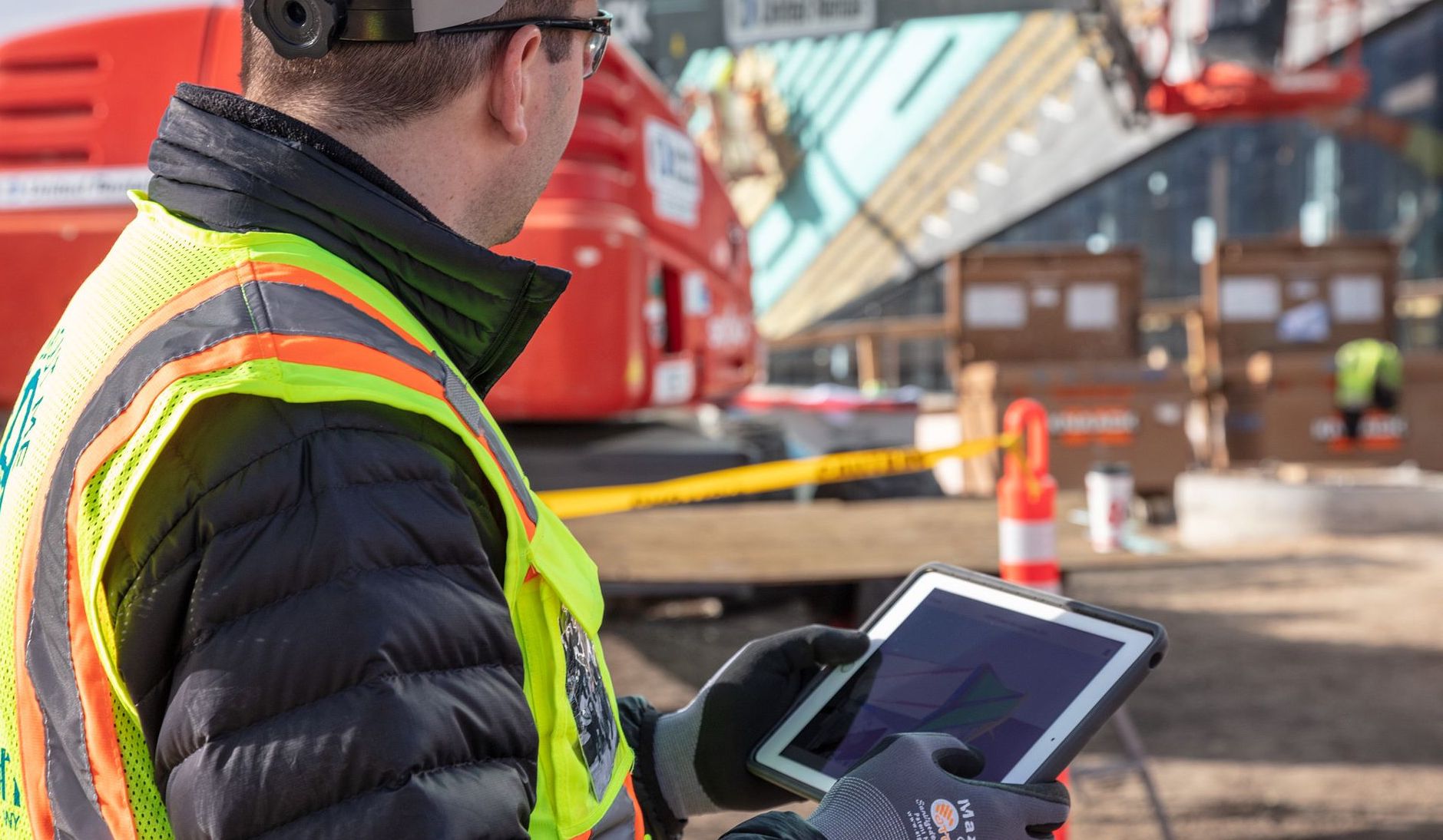Australian Construction Software: Ingenious Tools for Regional Projects
Australian Construction Software: Ingenious Tools for Regional Projects
Blog Article
Advanced Construction Monitoring Software Application: Enhancing Performance and Partnership in the Sector
In a market where precision and effectiveness are vital, the combination of advanced construction management software application has reinvented the method jobs are prepared, executed, and kept track of. By offering real-time job tracking capabilities, improved source allotment features, and seamless interaction platforms, these software program remedies have actually ended up being crucial devices for building and construction specialists aiming to boost their performance and foster stronger teamwork.
Benefits of Advanced Building And Construction Software
The utilization of innovative building software program dramatically improves performance and project results within the construction sector. Through functions like automated organizing, real-time collaboration tools, and data analytics, task supervisors can extra successfully plan, track, and screen project development.
In addition, progressed building and construction software helps boost communication and partnership amongst project stakeholders. With centralized platforms for sharing project files, tracking adjustments, and communicating updates, groups can work much more cohesively in the direction of usual task goals. This fosters better decision-making, minimizes the probability of mistakes, and boosts total task top quality.
In addition, advanced building and construction software offers understandings via data analytics that can help identify trends, maximize procedures, and minimize threats. By leveraging data-driven knowledge, building companies can make more informed decisions, adapt to changing project characteristics, and inevitably drive much better job end results. Generally, the advantages of sophisticated building software application are important in boosting efficiency, partnership, and project success within the construction sector.
Real-Time Project Monitoring Capacities
With the smooth combination of real-time project monitoring capacities, building teams can efficiently check progress, enhance decision-making, and make sure project timelines are met. Real-time task monitoring enables stakeholders to access updated details on numerous elements of the construction job, consisting of task conclusion standing, resource allowance, and possible traffic jams. This degree of openness cultivates partnership among employee, subcontractors, and customers, causing enhanced interaction and quicker issue resolution.
Additionally, real-time job monitoring gives task supervisors with the essential information to make enlightened decisions quickly. By having split second accessibility to key efficiency indicators and project metrics, supervisors can recognize issues beforehand, implement restorative procedures, and optimize project operations. This positive strategy helps in protecting against delays, lowering expenses, and inevitably enhancing overall job effectiveness.

Enhanced Source Allotment Functions
Utilizing sophisticated source appropriation devices streamlines construction project monitoring processes and optimizes workforce performance. These functions allow task supervisors to appoint jobs, equipment, and materials with precision, guaranteeing that sources are utilized efficiently (construction project management software). By having a centralized platform that offers real-time visibility right into resource accessibility and demands, building teams can make educated decisions quickly, avoiding delays and cost overruns
Improved resource allocation attributes likewise facilitate much better partnership amongst staff member. With clear tasks and transparent source circulation, every individual comprehends their duty and obligations, cultivating team effort and liability. This leads to improved communication and coordination, ultimately boosting productivity and project outcomes.

Improved Interaction Systems
Enhancing interaction platforms in construction management software program greatly boosts task sychronisation and efficiency. By incorporating functions such as real-time messaging, data sharing, and task assignments, groups can team up seamlessly no matter their physical places. With enhanced communication platforms, stakeholders can receive instant updates, share important papers, and go over job information immediately, resulting in quicker decision-making procedures.
In addition, these innovative communication devices enable much better transparency and liability within construction projects. Group participants can track progression, supply responses, and address issues quickly, promoting an extra collaborative and efficient workplace. In addition, having centralized communication channels within the building administration software program decreases the danger of miscommunication and ensures that all group participants get on the exact same web page.
Streamlining Process for Effectiveness
By carrying out streamlined operations, building and construction business can get rid of traffic jams, reduce mistakes, and make certain that projects proceed efficiently from begin to end up. One way to accomplish this is by automating recurring tasks such as project scheduling, resource allocation, and progress tracking.
In addition, incorporating various aspects of task monitoring, such as budgeting, record management, and interaction, into a single platform can further simplify operations. This assimilation permits real-time cooperation and information sharing among staff member, removing the demand for manual data entry and making certain that every person is collaborating with the most updated information.

Conclusion
In final thought, progressed building monitoring software program offers various advantages such as real-time job monitoring, enhanced source appropriation, boosted interaction platforms, and structured operations. In general, progressed building software application plays a vital function in enhancing effectiveness and success in building and construction jobs.
Report this page